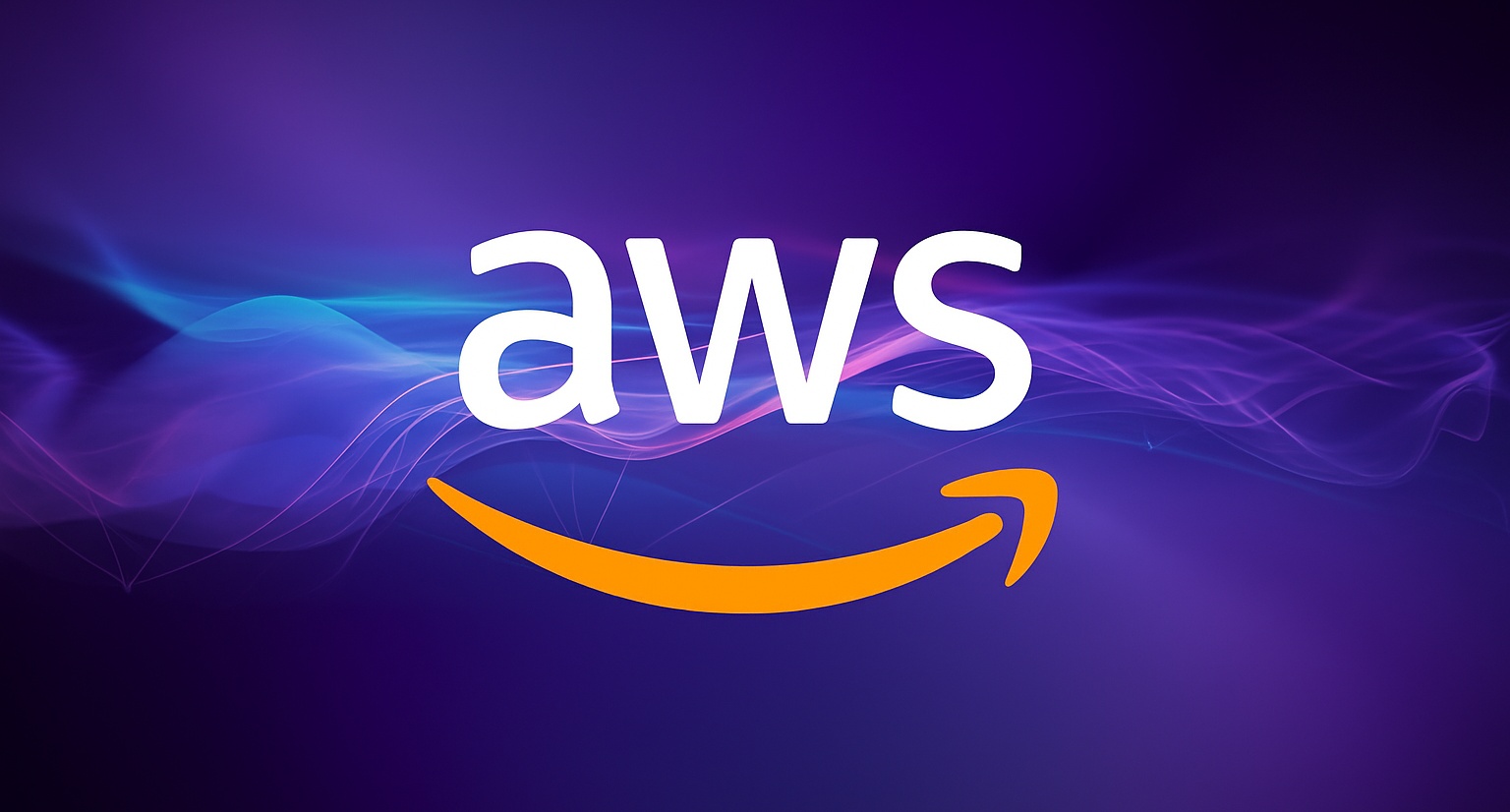Project‑based academy: build and migrate a real microservices app using Docker and AWS.
Hands‑on with core AWS services (EC2, S3, IAM, VPC, Route 53, CloudFront, RDS, DynamoDB), containers and serverless.
Practice CI/CD, observability and security baselines while scaling from local to cloud.
Gain practical experience through daily labs and guided assignments across 20 days.
How this helps: master cloud fundamentals and patterns used in production systems.
Who it’s for: designed for individuals with basic programming skills who want applied AWS expertise.
Aligned with the AWS Developer Associate blueprint, with focused prep modules and practice exams.
Curriculum
Microservices and Docker
- Docker installation and first containers (start/stop/build/push/pull)
- Writing Dockerfiles; images, layers, and registries
- Data management: volumes, bind mounts; centralized logging
- Compose: multi-container apps; networking and health checks
- Python + Flask REST services; virtual environments and dependencies
Microservices foundations for our project
- Design principles: monolith vs microservices; choreography vs orchestration
- Service configuration patterns
- Service discovery and load balancing (Consul) with mutual TLS
- Health checks, trace IDs, and centralized logging with the Elastic Stack
- Monitoring with Prometheus + Grafana; packaging the skeleton for reuse
AWS introduction and setup
- AWS global infrastructure: regions, AZs, VPC fundamentals
- IAM users, groups, roles, and policies; best practices
- Install and use AWS CLI; CloudFormation bootstrapping of VPC
- Navigate the AWS console and main services
AWS compute and networking
- Amazon EC2: instance types, lifecycle, purchase options (on-demand/reserved/spot)
- Security Groups and NACLs; SSH hardening, key pairs
- Elastic Load Balancing and Auto Scaling
- Route 53 basics and routing policies; CloudFront overview
AWS storage and databases
- Amazon EBS: types, snapshots, encryption, performance tuning
- Amazon S3: buckets, objects, storage classes, lifecycle management, static websites
- RDS: engines, Multi-AZ, read replicas, backups, encryption, monitoring
- DynamoDB: keys, GSIs/LSIs, partitions, Streams, transactions
DynamoDB deep dive
- CRUD with console/CLI/SDKs; Query vs Scan; access patterns
- Designing partition/sort keys; avoiding hot partitions; adaptive capacity
- Autoscaling, global tables, integration with Lambda and API Gateway
- Monitoring and troubleshooting with CloudWatch; alarms; throttling
Containers on AWS
- ECR for private images; IAM for pulls/pushes
- ECS concepts: clusters, tasks, services, task definitions
- Networking models; service discovery; scaling and rolling/blue‑green/canary deployments
- API Gateway integration; securing services with IAM and WAF (overview)
Serverless on AWS
- AWS Lambda: runtimes, packaging, layers, environment variables, concurrency
- Event-driven design with EventBridge; DLQs and retries with backoff/jitter
- Building REST APIs with API Gateway; auth with Cognito; request validation and caching
- Observability: CloudWatch Logs/Metrics, X-Ray traces; debugging and cost optimizations
In-class AWS assignment
- Guided lab: implement a multi-service workload using EC2/S3/DynamoDB/Lambda/API Gateway
- Apply security baselines (IAM least privilege, KMS, Secrets Manager/Parameter Store)
- Automate with CloudFormation/SAM; deploy and validate
Deep Learning track (optional, Siemens-led)
- SageMaker overview: data prep, training, deployment, pipelines
- AI services: Rekognition/Polly/Transcribe/Comprehend (overview)
- Inferentia/Trainium (overview)
Exam preparation and final recap
- Review core services and whitepapers relevant to the exam
- Walk through exam-style questions; tips and test strategy
- Identify last-minute gaps and resources
Course Day Structure
- Part 1: 09:00–10:30
- Break: 10:30–10:45
- Part 2: 10:45–12:15
- Lunch break: 12:15–13:15
- Part 3: 13:15–15:15
- Break: 15:15–15:30
- Part 4: 15:30–17:30

